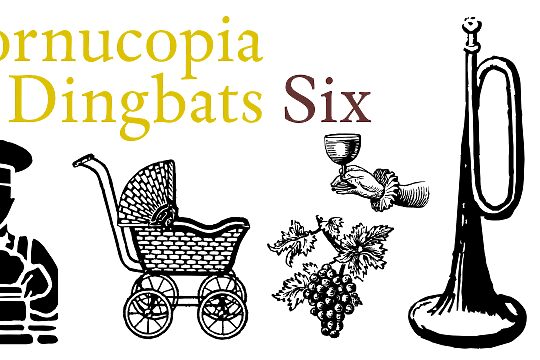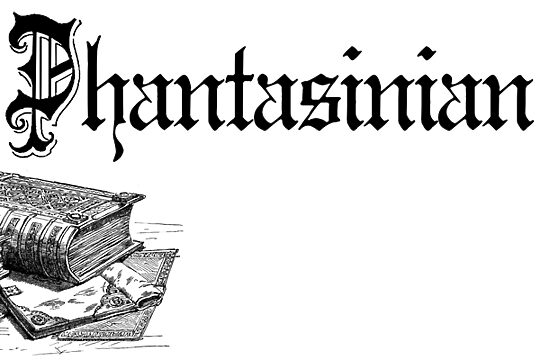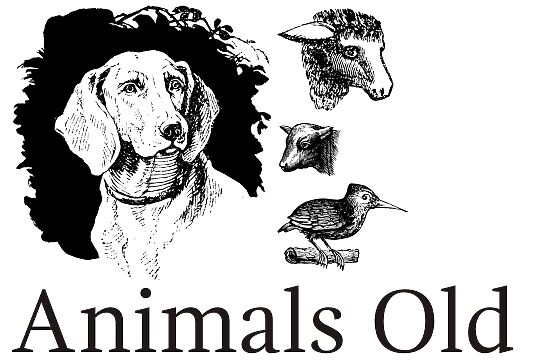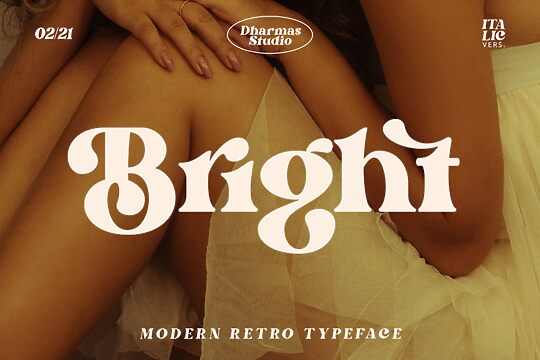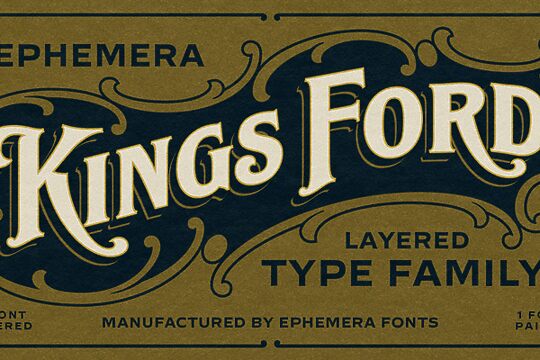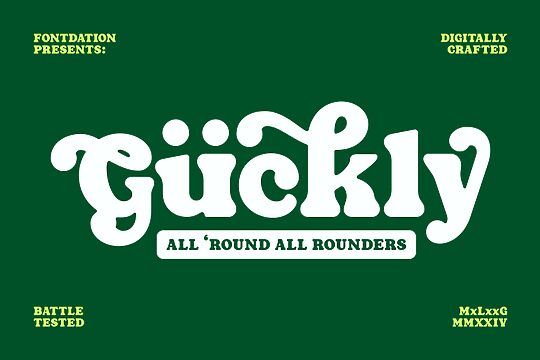
Font
Caractere Doublet
Author
Fonts
4
License
Added
Dec 9, 2011
Description
Caractere Doublet font family by Intellecta Design is a unique and retro-inspired font family consisting of 4 font styles. This free font family takes a whimsical approach delivering a charming and magical touch to your projects. With its interesting letter variations, this font family beautifully combines classic typography styles with a modern outlook, variations in structure, and a level of asymmetry.
The artistic flair as well as vintage appeal of Caractere Doublet allows you to bring an exciting twist to your everyday designs, adding a lot of creative purpose in the most efficient manner. This captivating font family will add a lot of great touches to greeting cards, posters and banners, invitation cards, book cover and movie cover designs, packaging designs as well as typographic logos.
Free for personal use, Caractere Doublet is perfect to use for commercial projects by either purchasing a license or donating to the designer.
The artistic flair as well as vintage appeal of Caractere Doublet allows you to bring an exciting twist to your everyday designs, adding a lot of creative purpose in the most efficient manner. This captivating font family will add a lot of great touches to greeting cards, posters and banners, invitation cards, book cover and movie cover designs, packaging designs as well as typographic logos.
Free for personal use, Caractere Doublet is perfect to use for commercial projects by either purchasing a license or donating to the designer.
Author's note
Caractere Doublet Limited Version and Caractere Doublet Beveled, by Intellecta Design
Caractere Doublet Limited Version is a "limited" free version. To purchase the complete Caractere Doublet with over 700 glyphs and ready to use in many languages (see the font history below) and commercial licenses, please visit:
http://new.myfonts.com/fonts/intellecta/caractere-doublet
Caractere Doublet Beveled is a "beveled" free version. To purchase the complete Caractere Doublet collection (seven different font styles with over 700 glyphs and ready to use in many languages (see the font history below) and commercial licenses, please visit:
http://new.myfonts.com/fonts/intellecta/caractere-doublet
Visit my commercial library: http://new.myfonts.com/foundry/Intellecta_Design
Donations are appreciated!
THE ORIGINAL FONT, AVAILABLE AT MY FONTS HISTORY:
Caractere Doublet is a vintage art nouveau typeface with complete sets in Latin, Cyrillic, and Greek characters. In the same open type font, you also get Central European, Vietnamese, Baltic, and Turkish complete sets with all diacritic signs and punctuation marks, plus extra characters belonging to these ranges. Caractere Doublet presents you with extra sets of dingbats and characters inside bullets (black, white, and outlines) and, of course, many open type featured ligatures and alternates.
The complete open type font has over 700 glyphs. You have total access to these resources using software like InDesign, Illustrator, and QuarkXpress.
The font has a wide variety of presentations: Regular, Outline, Compressed, Italic, Shadow, Wide, and Extra Wide.
[Doublet] was a typefounder and engraver in Paris. His work can be found in Extrait du Spécimen de caractères de la fonderie Ch. Doublet, graveur (Paris, Gravure et fonderie typographiques, 60, avenue d'Orléans [1890?]). They also published Spécimen de caractères d'imprimerie (Paris, Ch. Doublet, ca. 1900, 356 pages). (Source: Luc Devroye)
Caractere Doublet Limited Version is a "limited" free version. To purchase the complete Caractere Doublet with over 700 glyphs and ready to use in many languages (see the font history below) and commercial licenses, please visit:
http://new.myfonts.com/fonts/intellecta/caractere-doublet
Caractere Doublet Beveled is a "beveled" free version. To purchase the complete Caractere Doublet collection (seven different font styles with over 700 glyphs and ready to use in many languages (see the font history below) and commercial licenses, please visit:
http://new.myfonts.com/fonts/intellecta/caractere-doublet
Visit my commercial library: http://new.myfonts.com/foundry/Intellecta_Design
Donations are appreciated!
THE ORIGINAL FONT, AVAILABLE AT MY FONTS HISTORY:
Caractere Doublet is a vintage art nouveau typeface with complete sets in Latin, Cyrillic, and Greek characters. In the same open type font, you also get Central European, Vietnamese, Baltic, and Turkish complete sets with all diacritic signs and punctuation marks, plus extra characters belonging to these ranges. Caractere Doublet presents you with extra sets of dingbats and characters inside bullets (black, white, and outlines) and, of course, many open type featured ligatures and alternates.
The complete open type font has over 700 glyphs. You have total access to these resources using software like InDesign, Illustrator, and QuarkXpress.
The font has a wide variety of presentations: Regular, Outline, Compressed, Italic, Shadow, Wide, and Extra Wide.
[Doublet] was a typefounder and engraver in Paris. His work can be found in Extrait du Spécimen de caractères de la fonderie Ch. Doublet, graveur (Paris, Gravure et fonderie typographiques, 60, avenue d'Orléans [1890?]). They also published Spécimen de caractères d'imprimerie (Paris, Ch. Doublet, ca. 1900, 356 pages). (Source: Luc Devroye)

